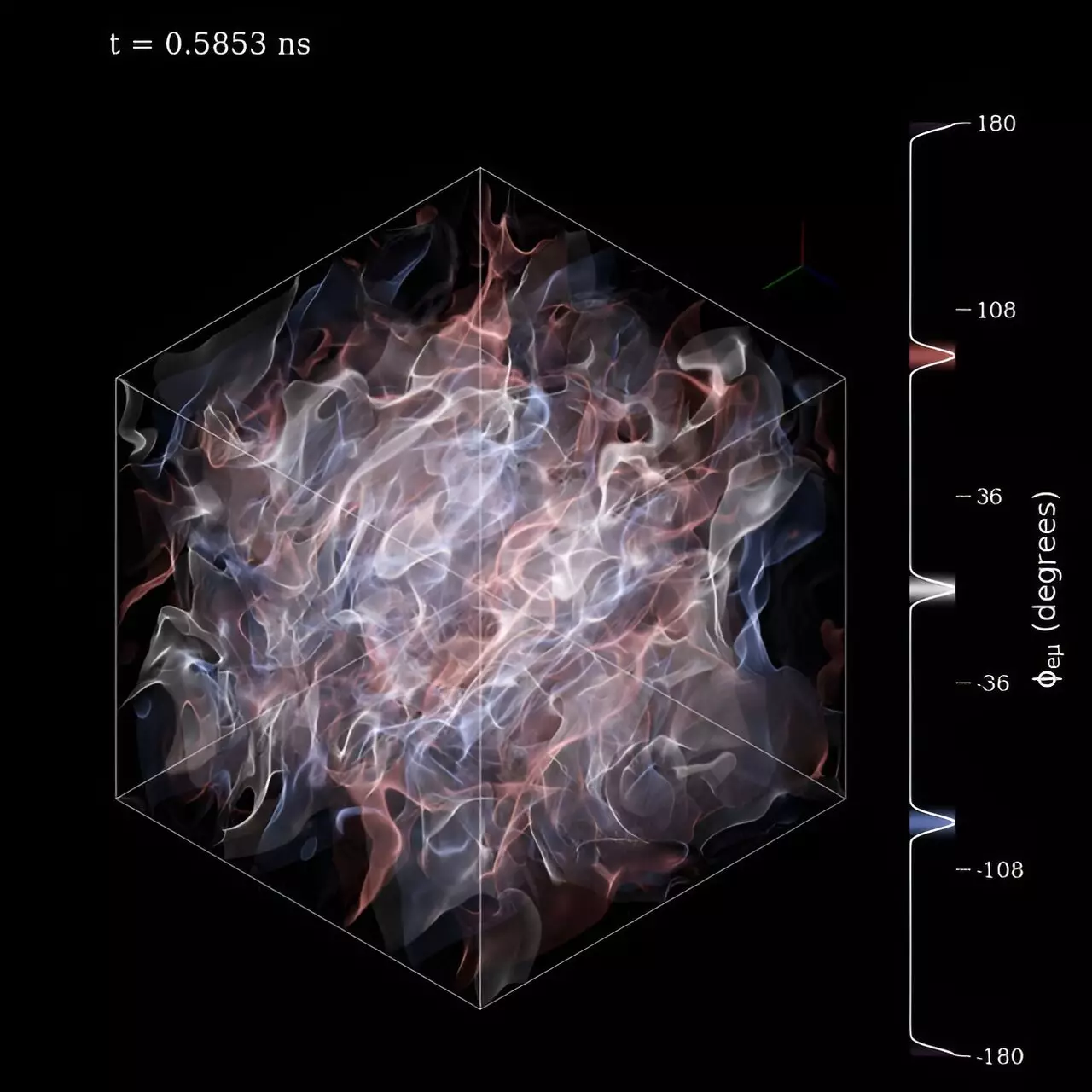Neutrinos, often dubbed the “ghost particles” of the universe, are enigmatic subatomic entities that elude direct detection due to their minuscule mass and neutral charge. They play a crucial role in the cosmos, especially in the catastrophic events of core-collapse supernovae and neutron star mergers. One of the most fascinating aspects of neutrinos is their “flavor,” a quantum mechanical property that can change as they traverse through space. This characteristic, while intriguing, presents formidable challenges for astrophysicists who strive to grasp the dynamics of these elusive particles in complex astrophysical phenomena.
Taming the Complexity: A New Approach to Neutrino Tracking
Tracking neutrinos through their physical movement and associated flavor transformations has proven to be an arduous task, akin to herding cats. The behaviors exhibited by neutrinos in dense astrophysical environments are complicated by the sheer volume of particles present in these events. However, recent research has illuminated an innovative pathway—expanding conventional models to account for quantum mechanical flavor changes during neutrino propagation. This novel approach significantly simplifies the once-daunting task of predicting neutrino behavior in tumultuous cosmic settings.
Utilizing semi-classical angular-moment methods, researchers have devised equations that condense the myriad complexities of neutrino dynamics into a more manageable form. By encapsulating the total number and flux of neutrinos into a streamlined set of equations, scientists can more effectively calculate how neutrino flavors transform—offering a beacon of hope in the quest to decode the intricate relationship between these particles and their surrounding environments.
The Impact of Neutrinos on Astrophysical Phenomena
The release of neutrinos during stellar explosions is not merely a footnote; these particles carry a substantial fraction of the energy ensuing from these cataclysmic events. By comprehending neutrino physics, scientists gain access to valuable insights regarding the elemental byproducts produced during supernovae and neutron star mergers. The implications stretch far beyond the immediate cosmic spectacle, as understanding neutrino interactions is essential for predicting the synthesis of heavy elements—key ingredients for the material makeup of our universe.
This recent research, published in reputable journals such as The Astrophysical Journal and Physics Letters B, reveals the potential of an angular-moment-based approach specifically tailored for studying rapid flavor transformations, known as “fast-flavor.” Results indicate that this method accurately depicts how neutrino flavors evolve within the turbulent remnants of neutron star mergers. This marks a significant milestone, suggesting that further investigation could refine our understanding of neutrino mechanics in extreme conditions.
A Call for Continued Research: The Path Forward
The implications of this cutting-edge research extend beyond theoretical frameworks. By bridging the gaps in neutrino flavor understanding, astrophysicists can enhance the interpretation of multiple cosmic signals—ranging from gravitational waves to the very elements that constitute our universe. This pioneering exploration not only redefines the methods used to study neutrinos but also propels us closer to grasping the underlying mechanisms of the universe itself. As we inch forward in this critical frontier of physics, the tantalizing possibilities of what we might uncover loom ever larger. The journey to understanding neutrinos—and the cosmos they illuminate—has only just begun.

